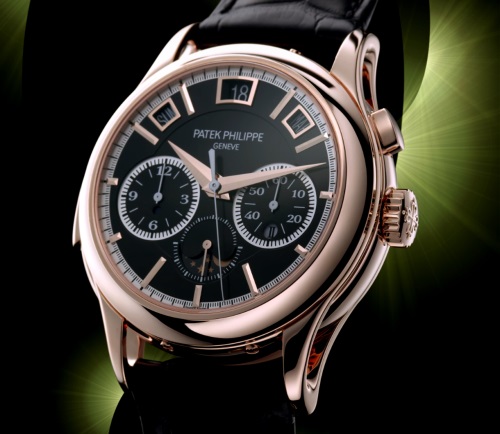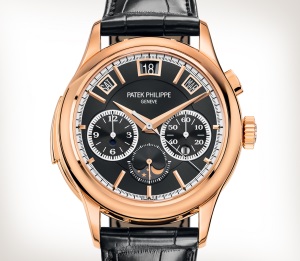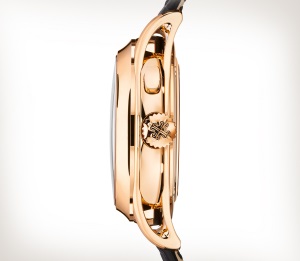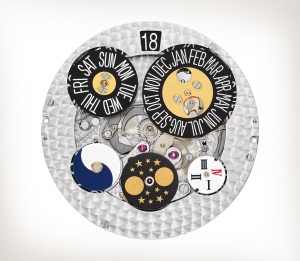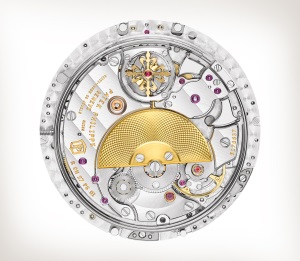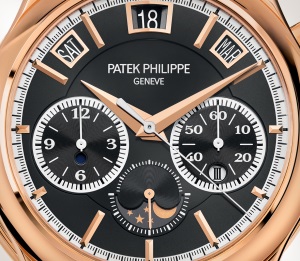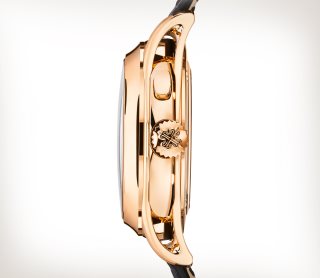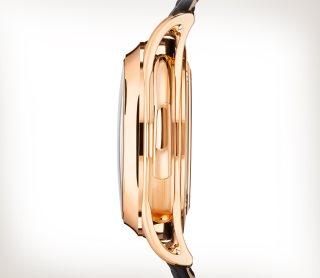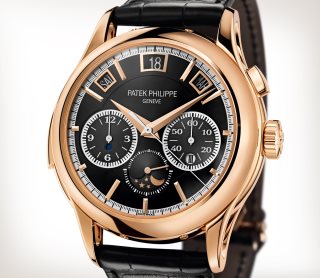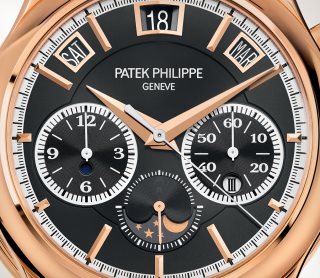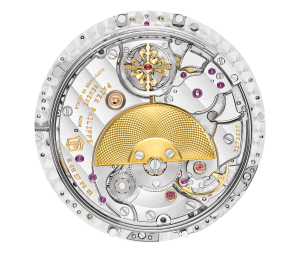Introduction
5208R
-
Grand Complications
Self-winding
Patek Philippe has reinterpreted its Reference 5208 Grand Complication by housing it for the first time in a rose-gold case, paired with an ebony black sunburst dial. The 719-part movement, combining a minute repeater, a monopusher chronograph and an instantaneous perpetual calendar with aperture displays, is one of the rare ultra-complicated calibers to be self-winding. It can be admired through a sapphire crystal case back.






